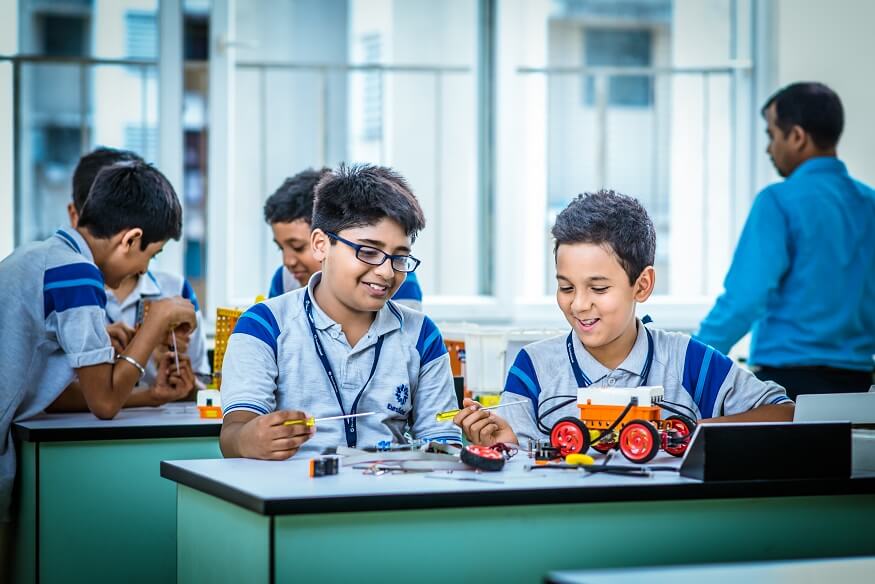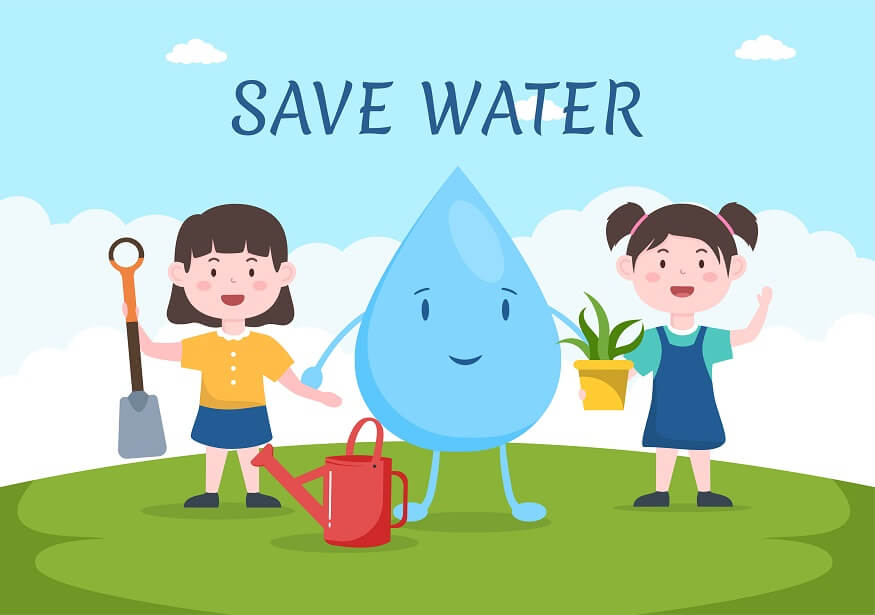Learning never stops; we learn something new every day. So, what is learning? Well, learning is the process of acquiring new knowledge and understanding. It is about learning good and bad behaviors, learning new skills to add value to our lives. We, as humans, learn different attitudes and preferences. Basically, the ability to learn is possessed by humans, animals, and some machines too. Certain types of plants also show evidence of some kind of learning.
Learning has the potential to improve performance and future learning, which only occurs as a result of experience and increases the process that leads to change. The learner undergoes change at the level of knowledge, attitude, and behavior. There are 4 predominant learning styles: Visual, Auditory, Read and Write, and Kinaesthetic. It often comes as a surprise when we discover what our predominant learning style is because most of us may only have some general idea about how humans learn best.
A lot of human learning occurs randomly throughout the span of a lifetime, from new experiences to gaining information and having our own perceptions. For example, we learn as we read a newspaper or watch television, while talking with a friend or a relative. When we are in a group or in a meeting, we always learn from expected and unexpected experiences in life.
But today we will specifically discuss personalised learning. Personalised learning is a process in which individualized instruction is given in a personal learning environment. It is directed towards instructions that all refer to the efforts that tailor education to meet the needs of different students.
So, one may ask, what is the meaning of personalised learning? Well, personalised learning is an educational approach that aims to customize learning according to each student’s strengths and opportunities. It caters to their needs, assesses their skills, and interests. Personalised learning is a path in education that takes into account the specific strengths, interests, and needs of a student and creates a unique learning experience depending on those individual traits. Students and educators work together to create customized learning plans that have, in time, shown immense progress and achievements.
One of the simple personalised learning examples is when an educator provides learning material with proper content to the context for better understanding, in the learner’s best interest. This is done by using the existing knowledge that the educator has of the student. To understand this concept better, here are some personalised learning examples:
- One-on-one tutoring.
- Mentoring.
- Online course.
- Diverse search engines.
- Training materials.
In a situation where you have two individuals, a learner and a teacher, you need the teacher to understand exactly what the learner already knows and then tie that to new information. This is where personalised learning methods come into effect. The personalised learning method is an educational approach that tailors learning around each individual student’s needs, interests, and abilities. Each student is given differentiated instruction based on their personal learning characteristics, which helps them to come up the learning curve with ease and effective learning skills and also helps students to achieve their goals.
The methods of personalised learning include targeted instruction, data-driven decisions, flexible content, and student reflection and ownership. This is one type of personalised learning that always involves these core elements that have proved to help students over time.
How should we personalize learning for students?
- Personalised learning strategies.
- Use Ed-tech.
- Give students many ways to show their knowledge.
- Use flexible seating arrangements.
- Flip lecture and work.
- Use personalised learning playlists.
- Allow students to choose the format of educational content.
- Use formative assessment.
- Form lessons from students’ own experiences.
Mentioned below are some easy personalised learning strategies that have proved to work over time:
- Choice Boards.
- Project-Based Learning.
- Tiered Learning Targets.
- Writing.
- Place-Based Education.
- Inquiry-Based Learning.
- Learning Stations.
- Goal-setting.
All of the above is imperative to personalised learning in the classroom. Personalised learning in the classroom is a path that takes into consideration the students’ interests, and needs and creates a unique learning experience based on individual strength. Teachers and students work together to customize a learning plan. All components of the learning involve capturing the student’s skills and strengths, gaps and weaknesses, interests, and aspirations.
Students must actively follow the following elements that contribute to learner agency: voice, choice, engagement, motivation, ownership, purpose, and self-efficacy. Now let us have a look at personalised adaptive learning: Personalised adaptive learning is a software platform approach that provides each student with an individualized learning experience by allowing them to progress with their unique learning through the path of a course and its content, which is based on the skills, knowledge, and a student’s learning needs.
So one may ask what the difference between personalised learning and adaptive learning is. Well, personalised learning is a continuous learning journey where it adjusts content with adaptive learning technologies to your constant preference. While the adaptive learning process focuses on individual learning needs, it determines the needs using data analytics, which extract insights from real data.
The benefits of personalised adaptive learning are many and clear. Educators and trainers can improve learning outcomes by simply personalizing instruction to the needs of each learner, by increasing engagement and motivation, and by reducing the time and resources needed for instruction.
Now that we know so much about personalised learning and personalised adaptive learning, let us have a look at what personalised teaching is. Every student’s needs require personalised learning in education. It is an approach that aims to customize learning to elaborate on a student’s skills and interests. Every student gets a personalised learning plan that is based on what they know and how they learn best. Personalised learning does not replace any other type of learning or intervention programs; it is a valuable choice to make for your children.
The personalised teaching approach, also known as personalisation, is a ‘person-to-person’ approach, meaning that knowledge is closely related to the person who developed or holds it and is shared through face-to-face contact. This approach is more closely associated with tacit knowledge.
Personalised learning is a teaching model where each student gets a learning plan based on what they know, how they learn, and what skills and interests they have. It is the exact opposite of a one-size-fits-all approach used in education.
Research has proved that personalised learning positively impacts a student’s achievement. By catering to individual student needs and interests, personalised learning has enhanced student motivation, engagement, and ownership over learning, which leads to better academic outcomes.
At EuroSchol, we encourage students to engage in personalised learning because personalised learning helps learners move at their own pace, take initiative over their own education, and learn from each other. It also improves engagement, knowledge retention, and the ability to apply what they have learned in a practical context. We work on personalised learning plans that are developed in a way that identifies the types of skills students need to pursue in their academic and career interests, and we help with the steps required to build those skills, which may be attained through traditional educational pathways or through other innovative delivery mechanisms.











